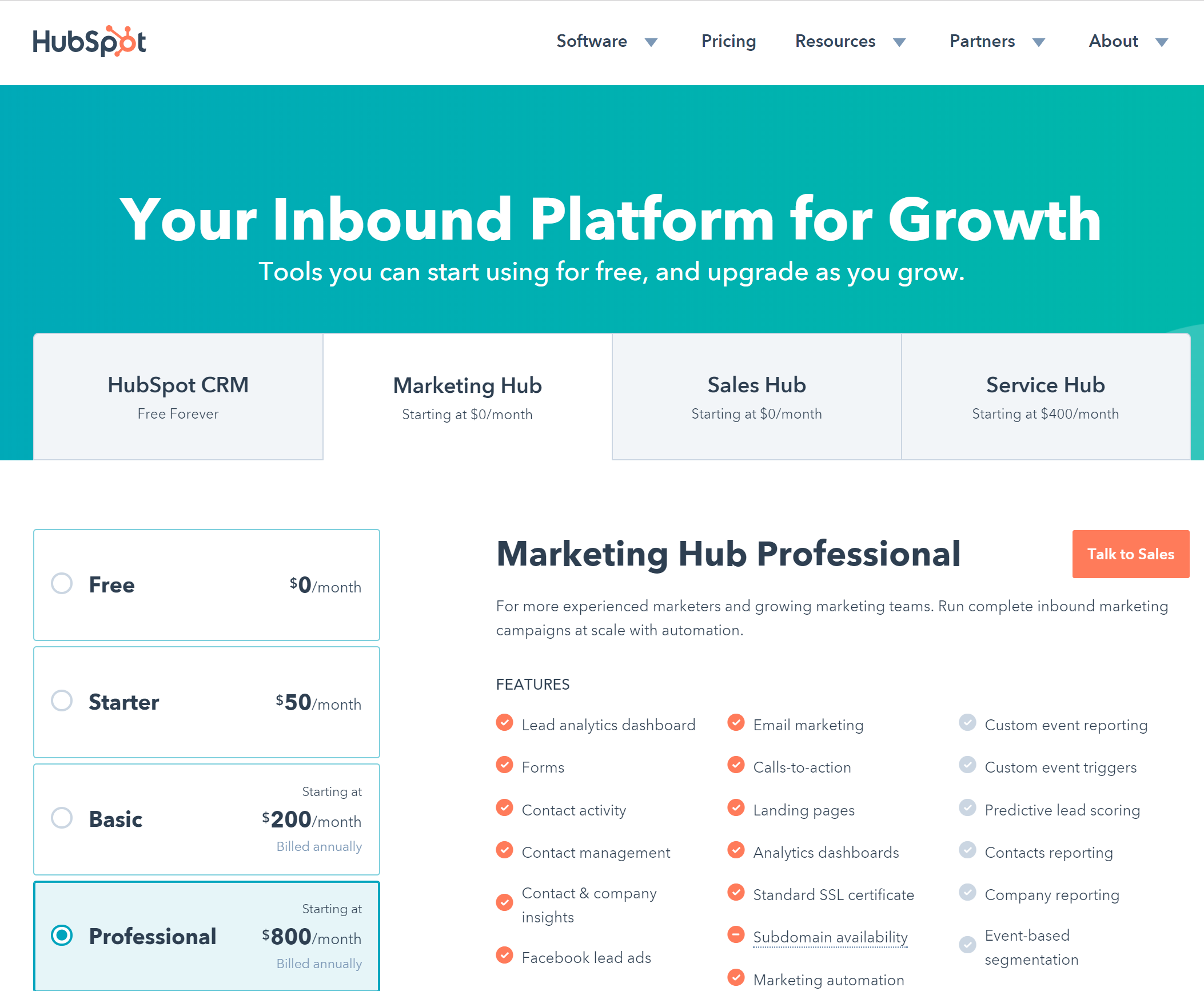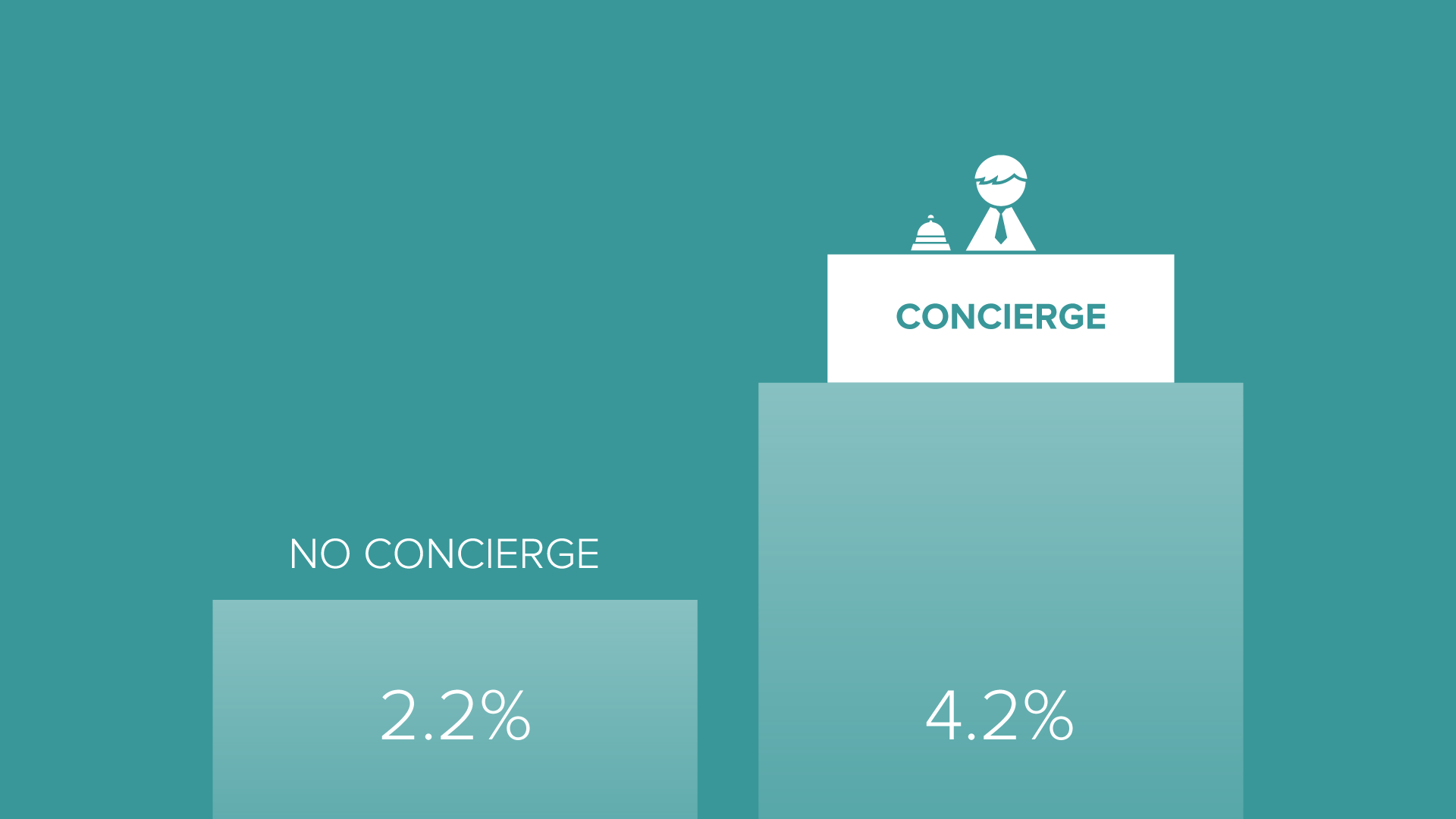This article was originally featured on the StatusQuota blog.
Good things come to those who wait. Few companies have crazy growth and overnight success of tech darlings like Dropbox. For most, customer growth is a slow & steady process.
Reducing customer churn often requires similar kind of patience. It can take months to make needed changes to the product and internal processes. These big-picture adjustments are critical for long-term improvement in customer retention.
But that doesn’t mean you can’t take action now. There is a playbook of quick-fix tactics for cutting SaaS churn. The impact of any one tactic may be limited, but combined they can make a dent in your churn figures.
In this article, we’ll share six tactics for reducing churn fast. These tactics will span the entire customer lifecycle: initial sale, customer adoption, and contract renewal.
Let’s get started with sales tactics.
Churn Reduction Sales Tactics
Many SaaS executives mistakenly believe that only the customer success team handles churn. That couldn’t be further from the truth.
The sales team plays a big role in efforts to keep churn low. And if churn is a little high, salespeople can take action right now to fight that trend. Here are three ideas for how:
Tactic 1: Require Upfront Payment
Churn occurs when a customer chooses not to make a payment. So if you can reduce the number of opportunities for a customer to say no, you should be able to reduce churn right away.
That’s why charging upfront is such an elegant solution. The customer makes a big cash commitment to your solution. This “locks them in” for the duration of the upfront period. The longer the upfront period, the more guaranteed revenue for your company.
Let’s illustrate this with an example.
HubSpot charges $800 per month for its Professional-tier marketing solution. Instead of month-to-month payment, its standard contract requires 12 months upfront.
As you can imagine, some customers will resist these payment terms. But starting with annual payment gives HubSpot more options. If a prospect resists, a HubSpot salesperson can compromise by offering quarterly payment terms.
Even a quarterly payment scheme is still a big win. HubSpot can lock in 2 more months of revenue at the outset. And the number of missed payment opportunities drops from 11 (monthly payment) to 3 (quarterly).
Tactic 2: Increase Contract Length
Most SaaS companies are deathly afraid of customers saying no. So they bend over backward to make purchasing as easy as possible with monthly pricing.
But this strategy can be self-defeating if you’re selling to large enterprises.
Big companies don’t like to switch software. And they move slowly. It takes a long time to win their trust – buying cycles may take more than 12 months. But once inside, you should take advantage of this privileged position.
That’s why you should be increasing contract length. And I’m not talking about moving from monthly to annual pricing.
What I mean is requiring 3-year commitments upon signing. Sounds crazy if you’re a small software business. But big enterprises do this all the time.
And the impact on your churn is immense. You can guarantee zero percent churn over the first two years of a contract with a three-year deal.
But locking a customer into an extended commitment isn’t easy. To lock down a long-term contract, you will need one more sales tactic…
Tactic 3: Discounts
Discounting is a powerful tool for closing a deal. But discounts are easy to misuse and can seriously hurt your company.
Tactical discounts increase the value of your deals. Want customers to pay everything upfront? Entice the buyer with a discount on the overall price. That makes it a win for everyone. You get lots of money right now. They get a lower price and social credit for negotiating down a vendor.
Discounts are also vital for winning multi-year contracts. According to SaaS expert Jason Lemkin, 10-20% discounts are normal for multi-year deals. So come prepared to sacrifice a little cash for future certainty.
That’s it for sales tactics that reduce customer churn fast. Now let’s move on to tactics for the adoption phase of the customer journey.
Churn Reduction Customer Adoption Tactics
If you thought the sales process was hard, wait until your prospects have become a paying customer. Salespeople only close the deal once, but your company must sell a great customer experience every day.
Churn during this phase is a certainty when the expectation gap is too large. What is the expectation gap? The distance between the reality of your solution and the customer’s expectations. Expectations are set during the sales process, but the reality comes after. That’s what makes the next tactic so important.
Tactic 4: Concierge Onboarding
A bad onboarding experience leaves new customers. If they fail to get your software configured correctly, they won’t be able to get value out of it. And if they aren’t getting value out of it, they won’t stay customers very long.
To pre-empt this problem, you can provide help through a concierge onboarding process. With concierge onboarding, your team works closely with customers through the onboarding process. This can mean providing live phone support or even doing the entire thing for them. This tactic helped Customer.io double their free-to-paid conversions in one month.
If you’re selling SaaS to the enterprise, concierge onboarding is a must. And you don’t have to do it for free. Big companies will pay for the certainty of things working from day 1. So roll concierge onboarding into your proposals and turn it into a new revenue stream.
Tactic 5: Delinquent Payment Management
When a customer churns because they are unhappy, it hurts but is understandable. Unhappy customer = no longer customer. That’s the only churn story, right? Wrong.
The reality is that there is a much scarier version of churn that is less visible but just as growth-killing. And it has nothing to do with customer satisfaction.
Allow me to introduce involuntary churn (also called passive subscription cancelation). Involuntary churn occurs when customers miss payments due to inaccurate credit card info.
According to Patrick Campbell at ProfitWell, an estimated 50% of SaaS customers will need to update their credit card details during an 18 month period. That puts a ton of revenue at risk every month. Patrick also notes that involuntary churn ruins the customer experience. When users are locked out of their accounts due to late payments, they become confused and frustrated.
The best way to control involuntary churn is to put in place tools that detect expiring credit cards. Once detected, users should be notified and prompted to provide updated details. These prompts can occur via email, phone, or as part of the in-app experience.
With a little bit of automation, you can make big reductions to your involuntary churn.
Churn Reduction Renewal Tactics
Now we’ve arrived at the last stage of the SaaS customer lifecycle: renewals. Here’s what you can do to keep customers coming back for more.
Tactic 6: Assign Potential Cancels to Dedicated Team
Unhappy customers are tough to handle. If you’re doing a good job, each Customer Success team member only has a handful of such problem accounts. But this creates its own problems.
With few high churn risk accounts to manage, each CS team member improvises when high-risk situations. And these can be heated conversations, making them stressful & distracting for unprepared staff.
You don’t want to leave these risky situations to chance. It is important to have a well-planned playbook in place to address these customers. A playbook should include standard responses to tough client questions (e.g., “How do I cancel my service?”). The emphasis here is on identifying the issue and trying to solve it without losing the customer.
With a playbook in place, you’ll want to have a dedicated team to handle potential churners. With special training and a good playbook, your “churn SWAT team” can defuse tense discussions and win tough renewals.
Conclusion
Churn is a huge threat to your business, so you must take action to keep it low. By using tactics across the customer journey, you can combine small wins into a big churn reduction. Best of all, you can see results quickly.
There is no time like the present – get started on churn reduction today.





